Home>Technology>Security & Surveillance>How To Pick An Office Door Lock
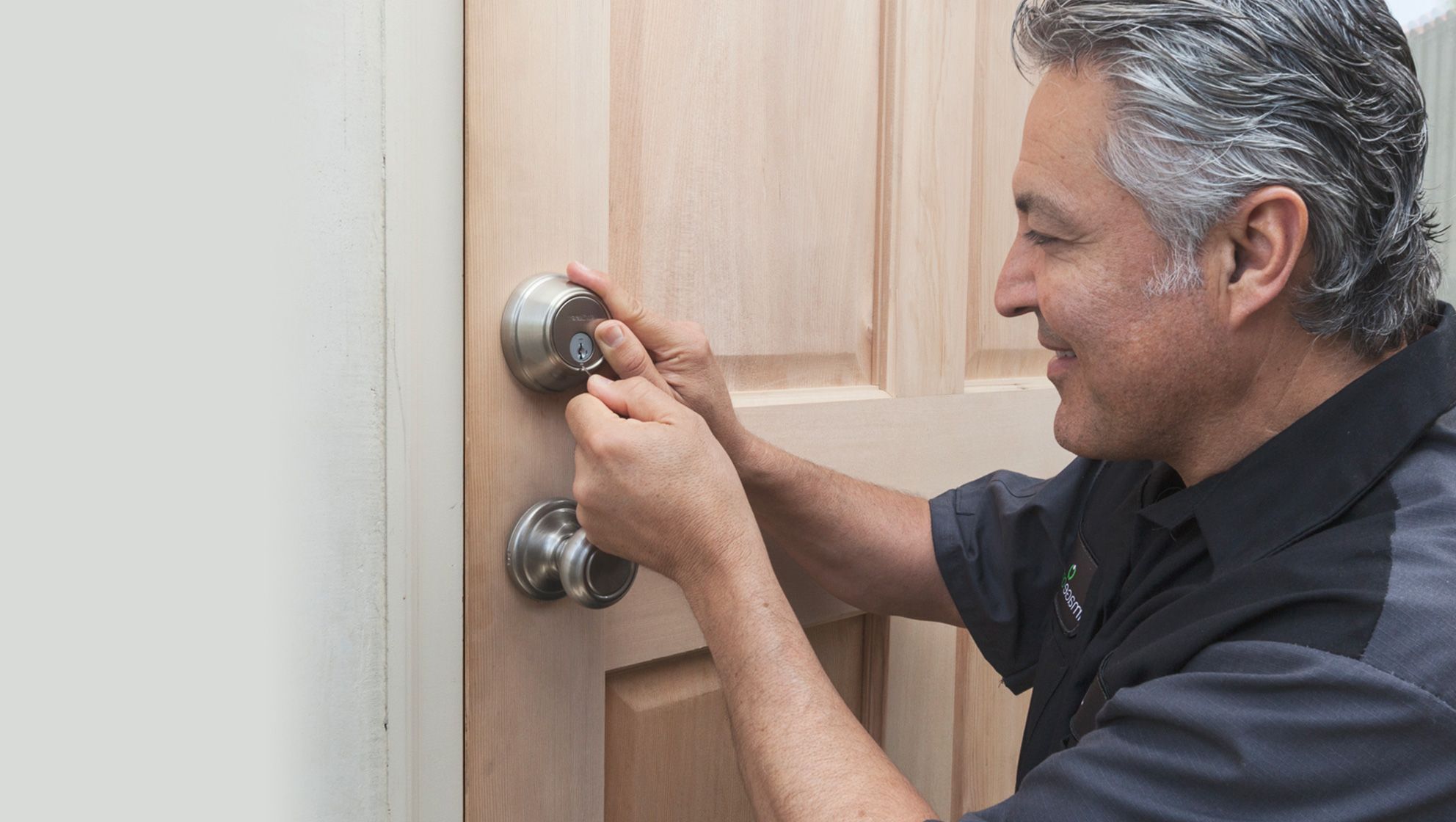

Security & Surveillance
How To Pick An Office Door Lock
Modified: January 5, 2024
Learn how to choose the best office door lock for your security needs. Discover the top options for enhancing your office's surveillance and protection.
(Many of the links in this article redirect to a specific reviewed product. Your purchase of these products through affiliate links helps to generate commission for Storables.com, at no extra cost. Learn more)
Introduction
Welcome to the intriguing world of office door lock picking. While the mere mention of lock picking might evoke images of espionage and clandestine activities, the reality is far less dramatic. In fact, understanding the art of picking locks can be a valuable skill, especially in situations where access to a locked room or office is necessary and the key is unavailable.
In this comprehensive guide, we will delve into the nuances of office door locks, explore the various types commonly encountered, and equip you with the knowledge and tools necessary to pick a lock effectively and responsibly. Whether you've inadvertently locked yourself out of your office or you simply wish to expand your skill set, this guide will provide you with the essential information to navigate the world of office door lock picking.
Before we embark on this enlightening journey, it's important to emphasize the importance of ethical lock picking. The techniques and insights shared in this guide are intended for educational purposes and should only be applied to locks for which you have explicit permission to pick. Engaging in lock picking without proper authorization is both illegal and unethical. It's crucial to always respect the laws and regulations governing lock picking in your area and to use this knowledge responsibly.
With that in mind, let's unravel the mysteries of office door locks and discover the art and science of picking them. Whether you're a curious novice or a seasoned enthusiast, this guide is designed to empower you with the skills and understanding needed to approach office door lock picking with confidence and respect. So, without further ado, let's embark on this enlightening journey into the realm of office door lock picking.
Key Takeaways:
- Mastering the art of office door lock picking requires patience, adaptability, and ethical responsibility. It’s a captivating skill that demands respect for legal boundaries and a growth-oriented mindset.
- Understanding different types of office door locks and acquiring the right tools are essential for successful lock picking. Always prioritize ethical conduct and responsible use of this knowledge.
Read more: How To Pick A Door Lock
Understanding Different Types of Office Door Locks
Office door locks come in various types, each with its own mechanisms and security features. Understanding these different types is crucial for effectively picking them. Here are some of the most common types of office door locks:
- Keyed Entry Locks: These locks are the most traditional and widely used in office settings. They require a key to unlock and provide a basic level of security.
- Keyless Entry Locks: Also known as electronic or digital locks, these utilize keypads, biometric scanners, or RFID cards for entry. They offer advanced security features and are often found in modern office environments.
- Deadbolts: Deadbolt locks provide enhanced security due to their sturdy construction and resistance to forced entry. They are commonly used in conjunction with other types of locks for added protection.
- Mortise Locks: These locks are installed within the door, offering a high level of durability and security. They are prevalent in commercial and office buildings.
- Cylinder Locks: Also known as pin tumbler locks, these are the most common type of lock cylinder. They are found in both residential and commercial settings and are often used in conjunction with a separate deadbolt for added security.
Each type of lock presents its own set of challenges and nuances when it comes to picking. Keyed entry locks, for instance, may be susceptible to traditional lock picking techniques, while electronic locks require a different approach, often involving bypassing the electronic components rather than manipulating traditional pins.
Understanding the specific type of lock you are dealing with is essential for devising an effective lock picking strategy. By familiarizing yourself with the various mechanisms and vulnerabilities of each lock type, you can approach the task of lock picking with a targeted and informed mindset.
As we delve deeper into the art of lock picking, we will explore the intricacies of picking different types of office door locks, equipping you with the knowledge and techniques necessary to tackle various locking mechanisms with confidence and skill.
Assessing Your Lockpicking Skills
Before delving into the practical aspects of picking an office door lock, it’s essential to assess your lockpicking skills and determine your level of experience. Lock picking is both an art and a science, requiring patience, dexterity, and a keen understanding of lock mechanisms. Here are some key factors to consider when evaluating your lockpicking skills:
- Experience Level: Are you a novice, intermediate, or experienced lock picker? Assessing your experience level will help you gauge the complexity of locks you can confidently tackle.
- Understanding of Lock Mechanisms: Do you have a solid grasp of how different types of locks function? Familiarizing yourself with the inner workings of locks is crucial for successful lock picking.
- Patience and Persistence: Lock picking demands patience and persistence. Are you prepared to invest the time and effort required to master this skill?
- Respect for Ethical Guidelines: Ethical considerations are paramount in lock picking. Are you committed to using your skills responsibly and within legal boundaries?
Assessing your lockpicking skills is not only about determining your current abilities but also about setting realistic goals for improvement. Whether you’re a curious beginner or a seasoned enthusiast, there is always room to enhance your proficiency in this fascinating craft.
As we progress through this guide, we will provide insights and techniques suitable for varying skill levels, ensuring that both novices and experienced lock pickers can derive valuable knowledge and practical tips for honing their craft.
Remember, lock picking is a skill that evolves with practice and dedication. By assessing your current abilities and maintaining a willingness to learn and improve, you can embark on a rewarding journey into the realm of lock picking with confidence and integrity.
Tools You’ll Need
Equipping yourself with the right tools is essential for successful office door lock picking. While the specific tools required may vary depending on the type of lock and your preferred lock picking techniques, there are several fundamental tools that are universally valuable for this endeavor. Here are the essential tools you’ll need to pick an office door lock:
- Lock Picks: A set of lock picks, including a variety of tension wrenches, hook picks, rake picks, and diamond picks, is indispensable for manipulating the pins or components within the lock.
- Tension Wrench: Also known as a torque wrench, this tool is used to apply rotational pressure to the lock’s cylinder, allowing you to manipulate the internal components while picking.
- Lock Pick Gun: A lock pick gun, or snap gun, is a rapid lock picking tool that can be effective for certain types of locks, particularly pin tumbler locks.
- Key Extractor: In the event of a broken key or jammed lock, a key extractor tool can be invaluable for safely removing the key fragment or obstruction from the lock.
- Practice Lock: A practice lock, or cutaway lock, provides a transparent view of the lock’s inner workings, allowing you to hone your skills and understand the mechanics of lock picking more effectively.
- Light Source: A small, powerful flashlight or headlamp can aid visibility when working on intricate locks, especially in dimly lit environments.
It’s important to note that while these tools are essential for traditional lock picking, electronic or digital locks may require specialized tools or techniques. For instance, bypass tools or electronic lock picks may be necessary for manipulating electronic components or bypassing the security features of keyless entry systems.
Before embarking on your lock picking journey, ensure that you have acquired the necessary tools and familiarized yourself with their functions. Additionally, always prioritize safety and ethical considerations when practicing lock picking, and use your skills responsibly and within legal boundaries.
With the right tools at your disposal and a commitment to ethical practice, you are well-prepared to explore the intricate art of office door lock picking with confidence and precision.
Consider investing in a high-quality, pick-resistant lock for your office door. Look for features such as anti-pick pins and a secure keyway to help prevent unauthorized access.
Step-by-Step Guide to Picking an Office Door Lock
Embarking on the journey of picking an office door lock requires a methodical approach and a keen understanding of the lock’s mechanics. Here’s a step-by-step guide to help you navigate the process effectively:
- Understand the Lock: Begin by familiarizing yourself with the type of lock you are dealing with. Assess its components, such as the keyway, pins, and any additional security features. Understanding the lock’s construction is crucial for devising an effective picking strategy.
- Prepare Your Tools: Ensure that you have the necessary lock picking tools at hand, including a variety of picks, tension wrenches, and any specialized tools required for the specific type of lock you are targeting.
- Apply Tension: Insert the tension wrench into the keyway and apply slight rotational pressure in the direction that the key would turn to unlock the door. Maintain consistent but gentle pressure throughout the picking process.
- Manipulate the Pins: Use your selected lock pick to carefully manipulate the pins within the lock. Apply upward pressure to the pins while maintaining tension with the wrench. Pay close attention to the feedback and subtle clicks that indicate the pins are setting into place.
- Rotate the Cylinder: As you successfully set each pin, you will feel the lock’s cylinder begin to turn slightly. Continue manipulating the remaining pins until the cylinder rotates fully, unlocking the door.
- Exercise Patience: Lock picking requires patience and precision. Take your time and remain focused on the task at hand, adjusting your technique as needed based on the feedback from the lock.
- Practice Ethical Lock Picking: Always ensure that you have explicit permission to pick the lock you are targeting. Engaging in lock picking without authorization is both illegal and unethical.
It’s important to note that the process of picking an office door lock may vary based on the type of lock and its specific vulnerabilities. Electronic locks, for example, may require bypass techniques or specialized tools to manipulate their digital components.
As you practice and refine your lock picking skills, remember to prioritize ethical conduct and legal compliance. Lock picking should only be performed on locks for which you have explicit permission, and the knowledge gained from this guide should be used responsibly and within the bounds of the law.
By following this step-by-step guide and approaching lock picking with patience, precision, and ethical awareness, you can develop the skills and confidence needed to navigate the intricate art of picking an office door lock with integrity and respect.
Read more: How To Pick A RV Door Lock
Tips for Success
Mastering the art of picking an office door lock requires a blend of technical skill, patience, and strategic thinking. Here are some valuable tips to enhance your success and proficiency in lock picking:
- Practice Regularly: Lock picking is a skill that improves with practice. Dedicate regular time to honing your technique and familiarizing yourself with different types of locks and their vulnerabilities.
- Understand Lock Mechanisms: Invest time in studying the inner workings of various locks. Understanding how different locks function will empower you to approach them with tailored strategies and greater precision.
- Adapt Your Technique: Be adaptable in your approach to lock picking. Different locks may require variations in technique, and being able to adjust your method based on the lock’s feedback is crucial for success.
- Remain Patient: Patience is key in lock picking. Avoid rushing the process and maintain a calm, focused demeanor as you work through the intricacies of the lock.
- Respect Ethical Guidelines: Always prioritize ethical conduct and legal compliance. Ensure that you have explicit permission to pick the lock, and use your skills responsibly and within the boundaries of the law.
- Seek Knowledge and Guidance: Engage with the lock picking community, whether through online forums, instructional resources, or local groups. Learning from experienced practitioners can provide valuable insights and guidance.
- Invest in Quality Tools: Acquire high-quality lock picking tools that suit your skill level and the types of locks you intend to work on. Well-crafted tools can significantly enhance your precision and effectiveness.
- Embrace a Growth Mindset: Approach lock picking as a continual learning process. Embrace challenges, learn from setbacks, and maintain a growth-oriented mindset as you refine your skills.
By incorporating these tips into your lock picking endeavors, you can elevate your proficiency and confidence in navigating the complexities of office door lock picking. Remember that ethical practice, dedication to learning, and a respectful approach to lock picking are fundamental to your success and growth in this captivating craft.
Conclusion
Congratulations on embarking on this enlightening journey into the realm of office door lock picking. Throughout this guide, we’ve delved into the intricacies of various types of office door locks, assessed the essential tools and techniques for successful lock picking, and explored valuable tips for honing your skills in this captivating craft.
It’s important to emphasize that lock picking is a skill that demands not only technical proficiency but also ethical responsibility. Always ensure that you have explicit permission to pick a lock, and approach this practice with the utmost respect for legal boundaries and ethical guidelines.
As you continue to refine your lock picking skills, remember that patience, adaptability, and a commitment to learning are key components of your success. Embrace the challenges and nuances of lock picking with a growth-oriented mindset, and seek opportunities to expand your knowledge and expertise in this fascinating field.
Whether you’re a curious novice or a seasoned enthusiast, the art of picking an office door lock offers a blend of technical intrigue and practical skill. By integrating the insights and techniques shared in this guide into your lock picking endeavors, you can navigate the complexities of office door locks with confidence, integrity, and a deep appreciation for the craft.
As you continue to explore the captivating world of lock picking, remember that ethical practice and responsible use of this knowledge are paramount. With dedication, respect, and a commitment to ongoing learning, you are well-equipped to embark on a rewarding and enriching journey into the art and science of office door lock picking.
Wishing you success, growth, and fulfillment in your pursuit of mastering the intricate craft of office door lock picking.
Frequently Asked Questions about How To Pick An Office Door Lock
Was this page helpful?
At Storables.com, we guarantee accurate and reliable information. Our content, validated by Expert Board Contributors, is crafted following stringent Editorial Policies. We're committed to providing you with well-researched, expert-backed insights for all your informational needs.
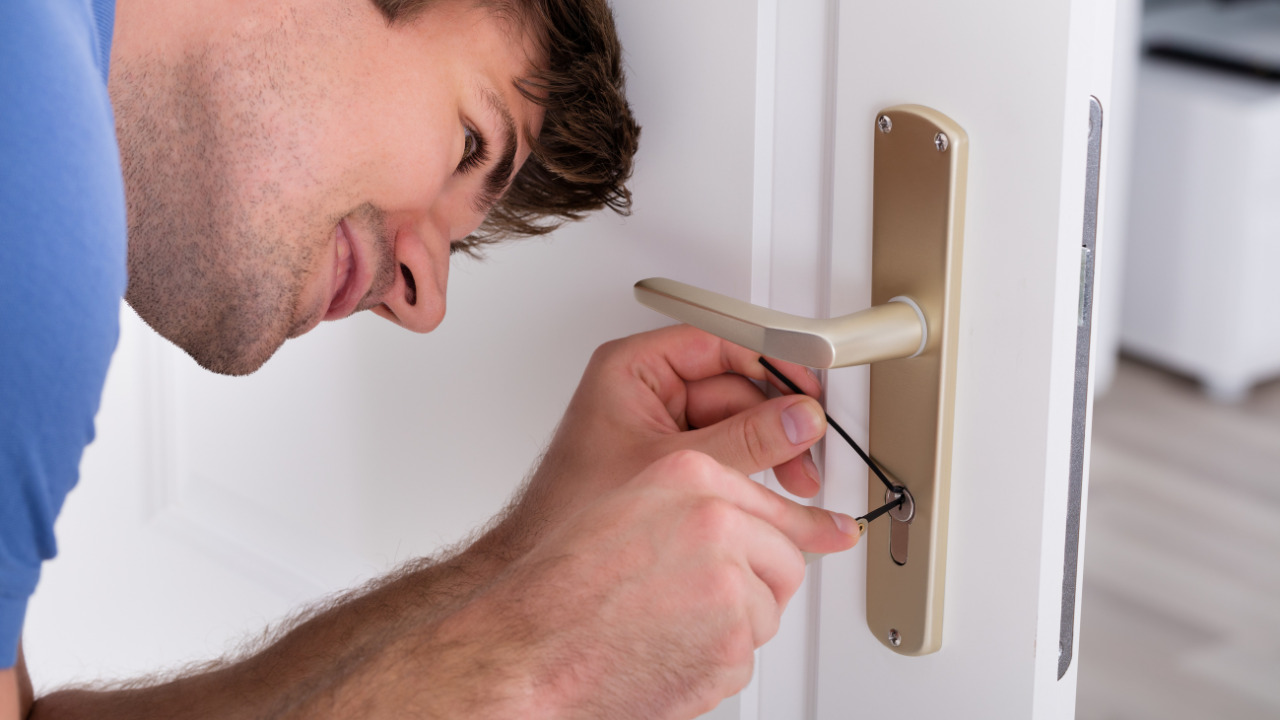
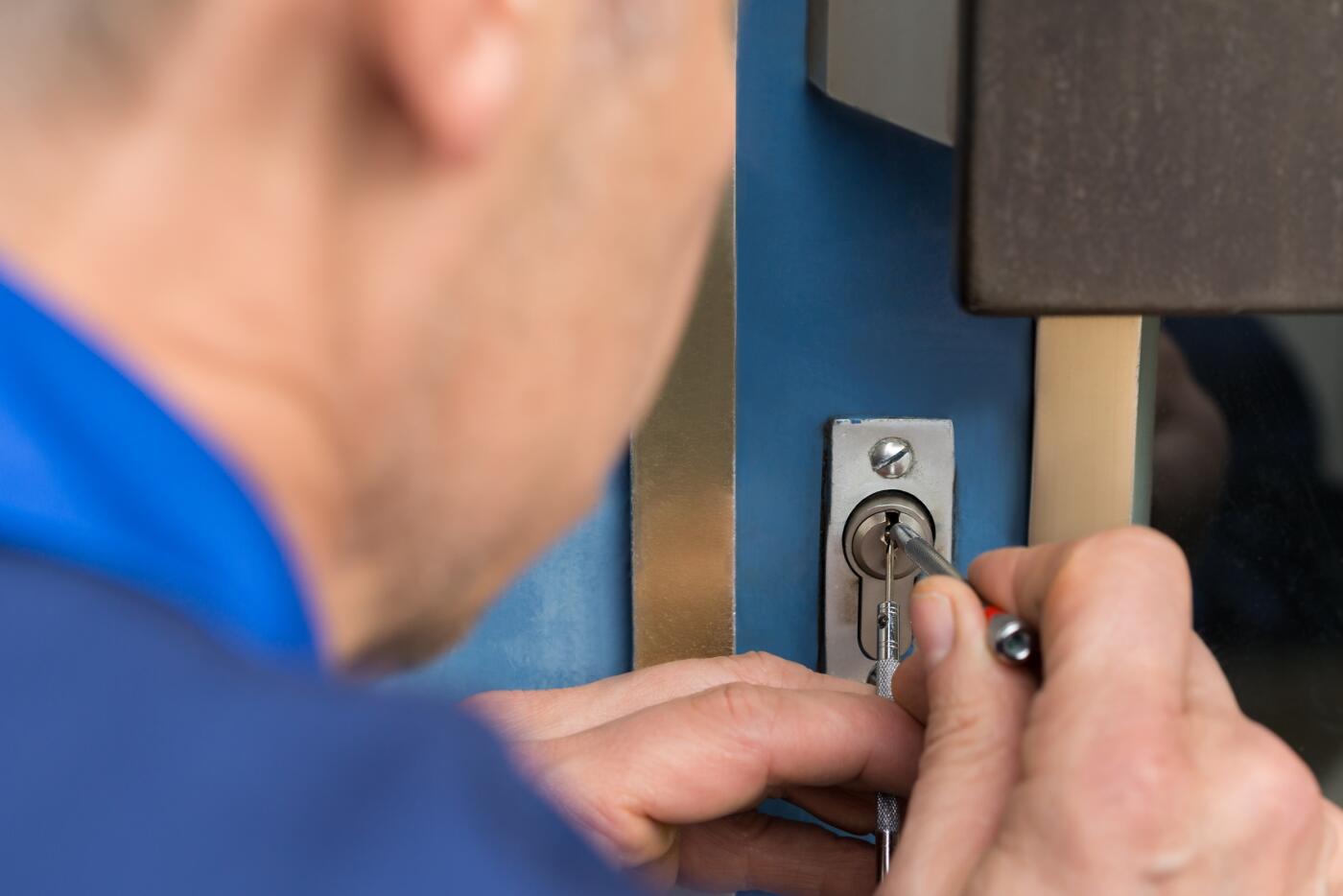
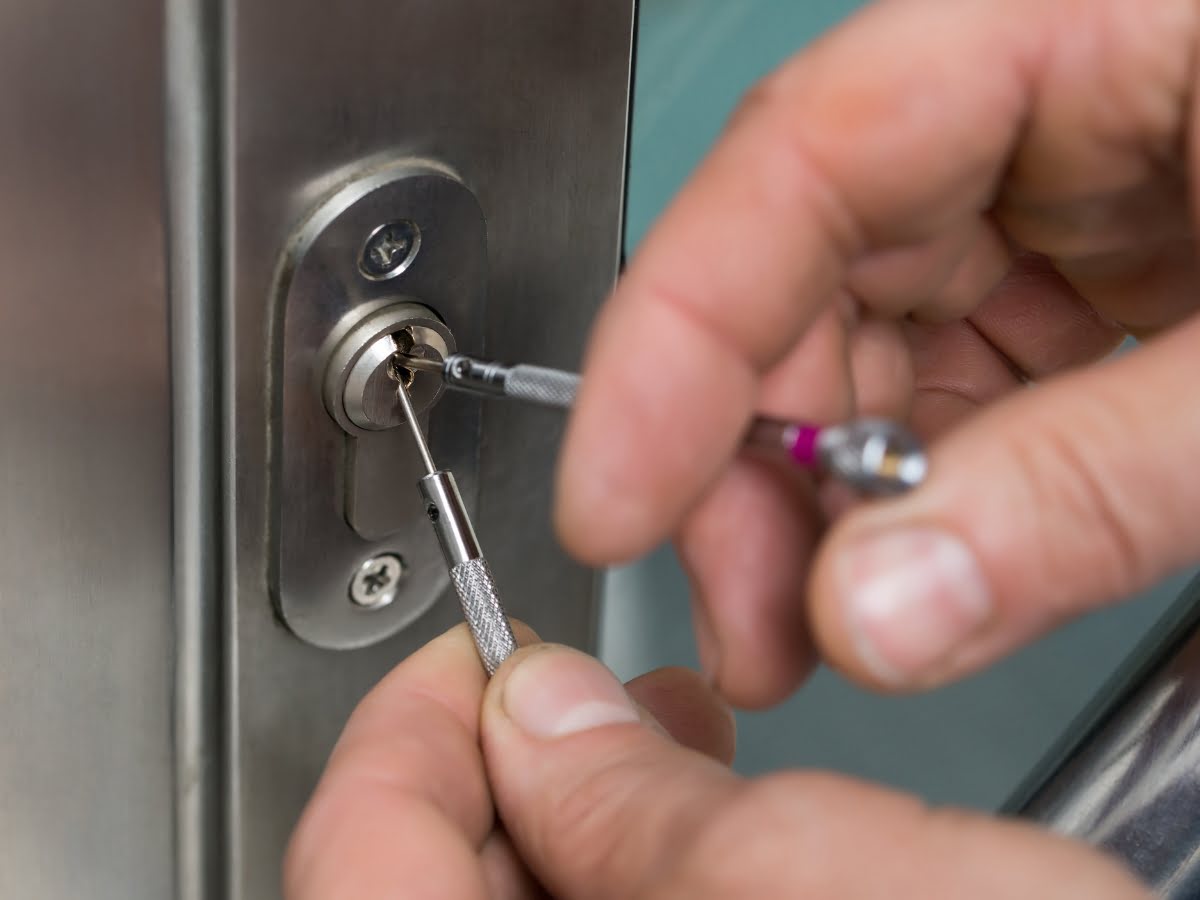
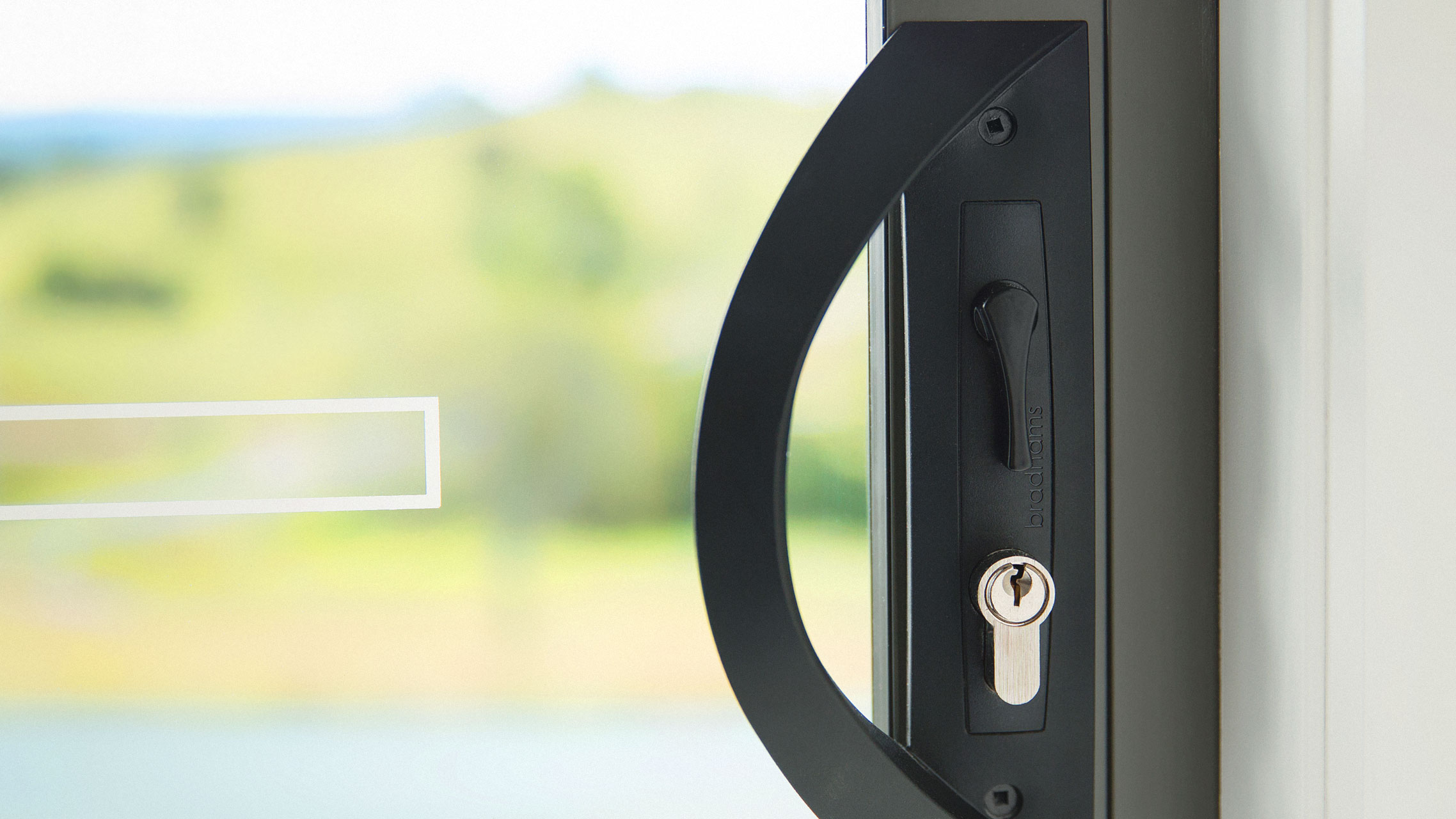
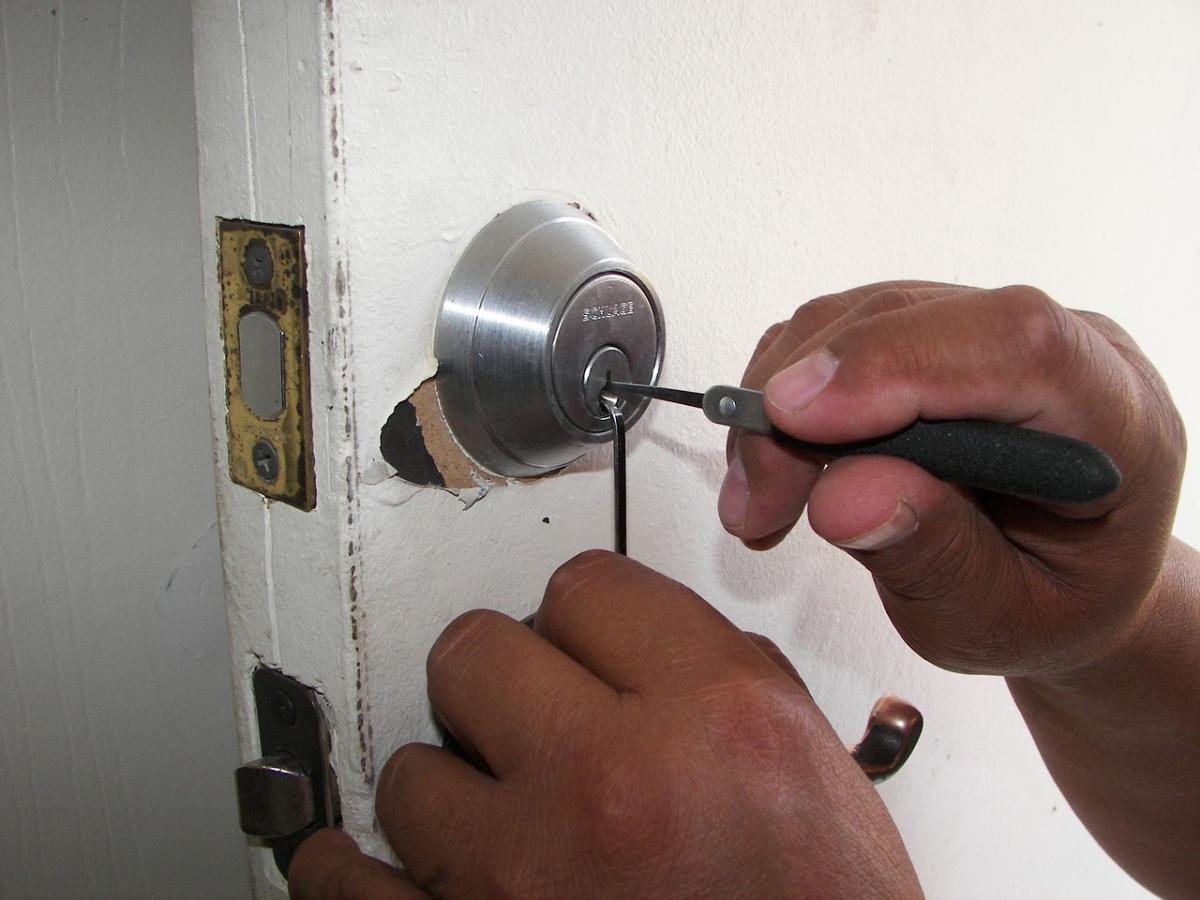
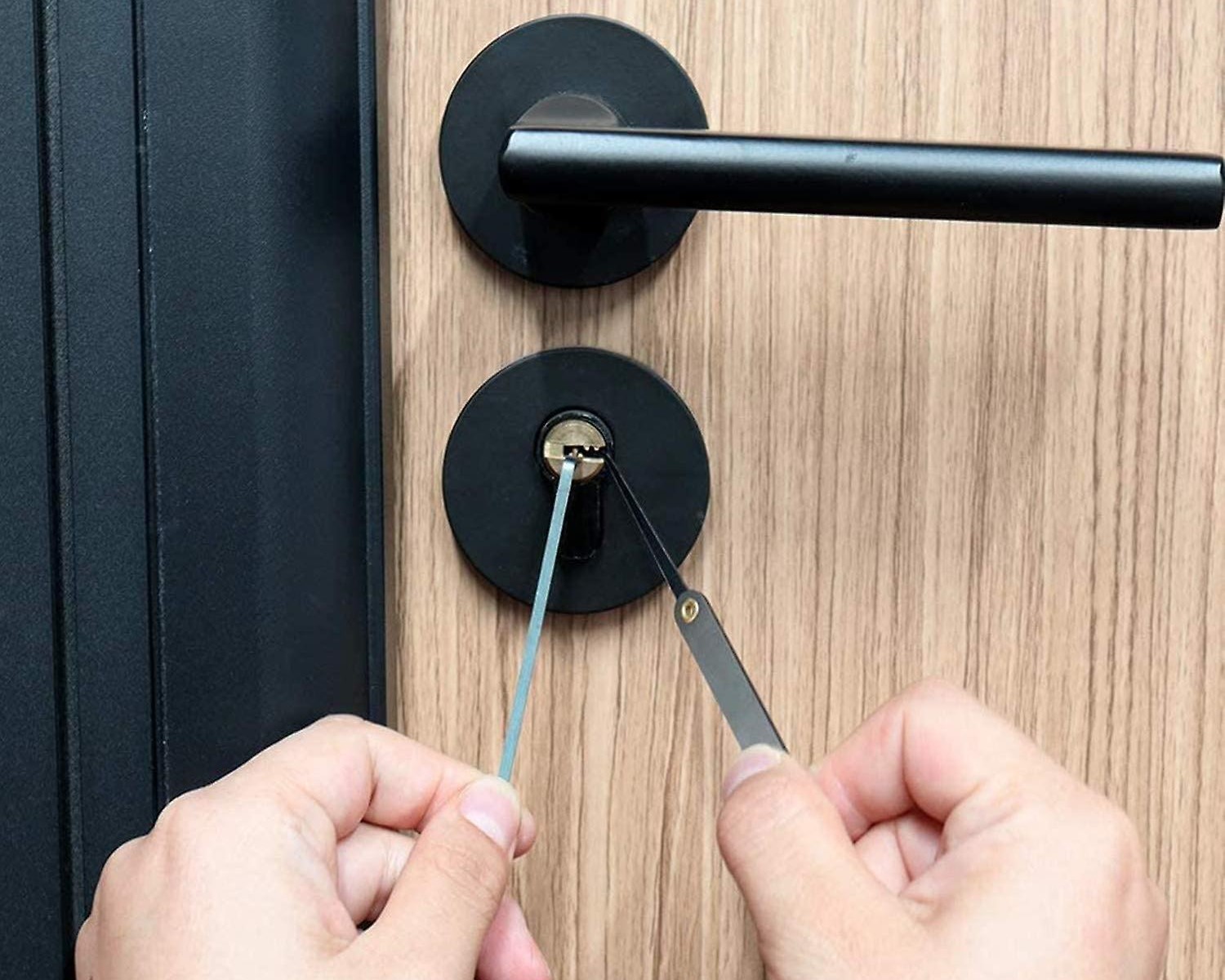
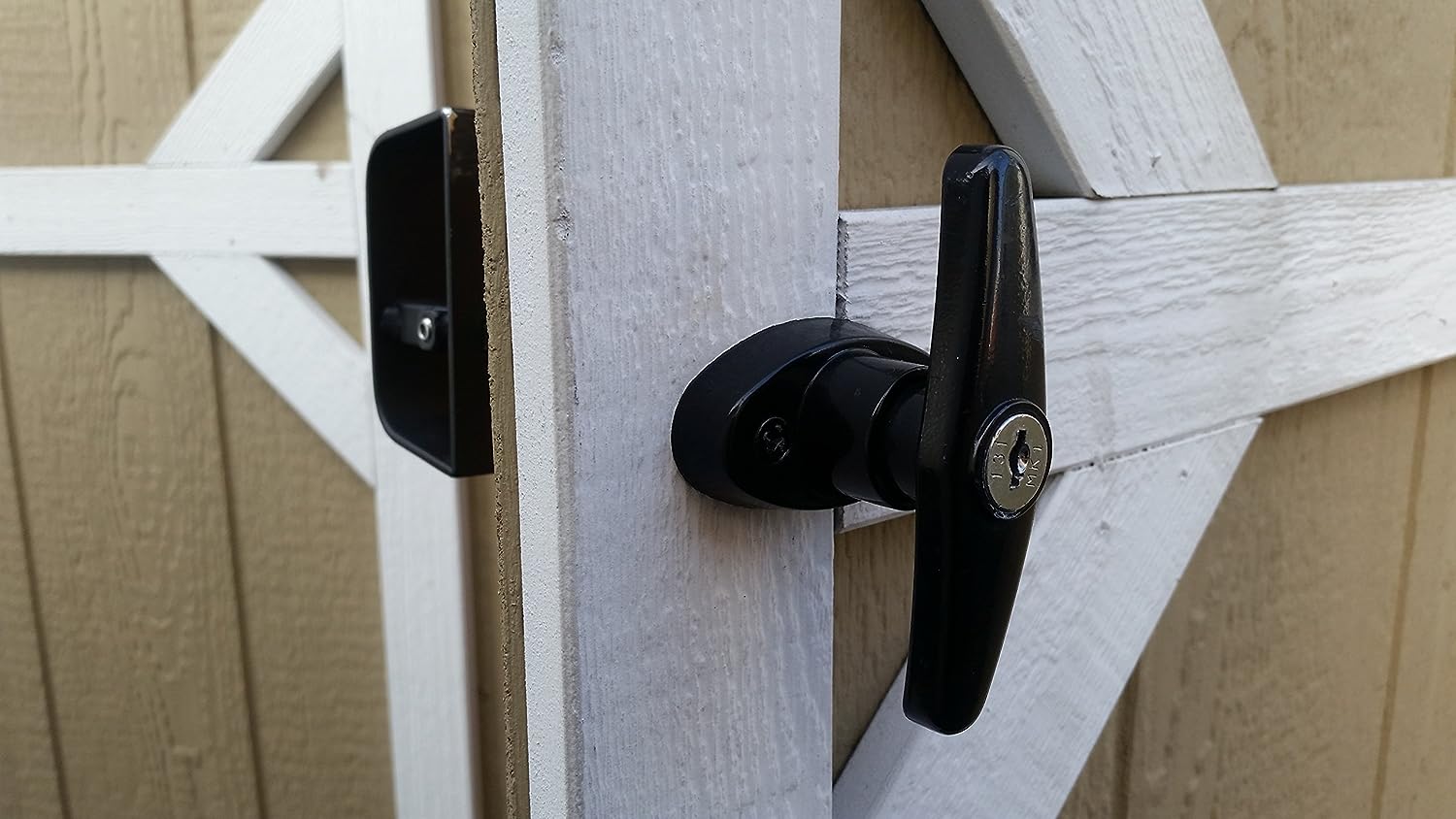
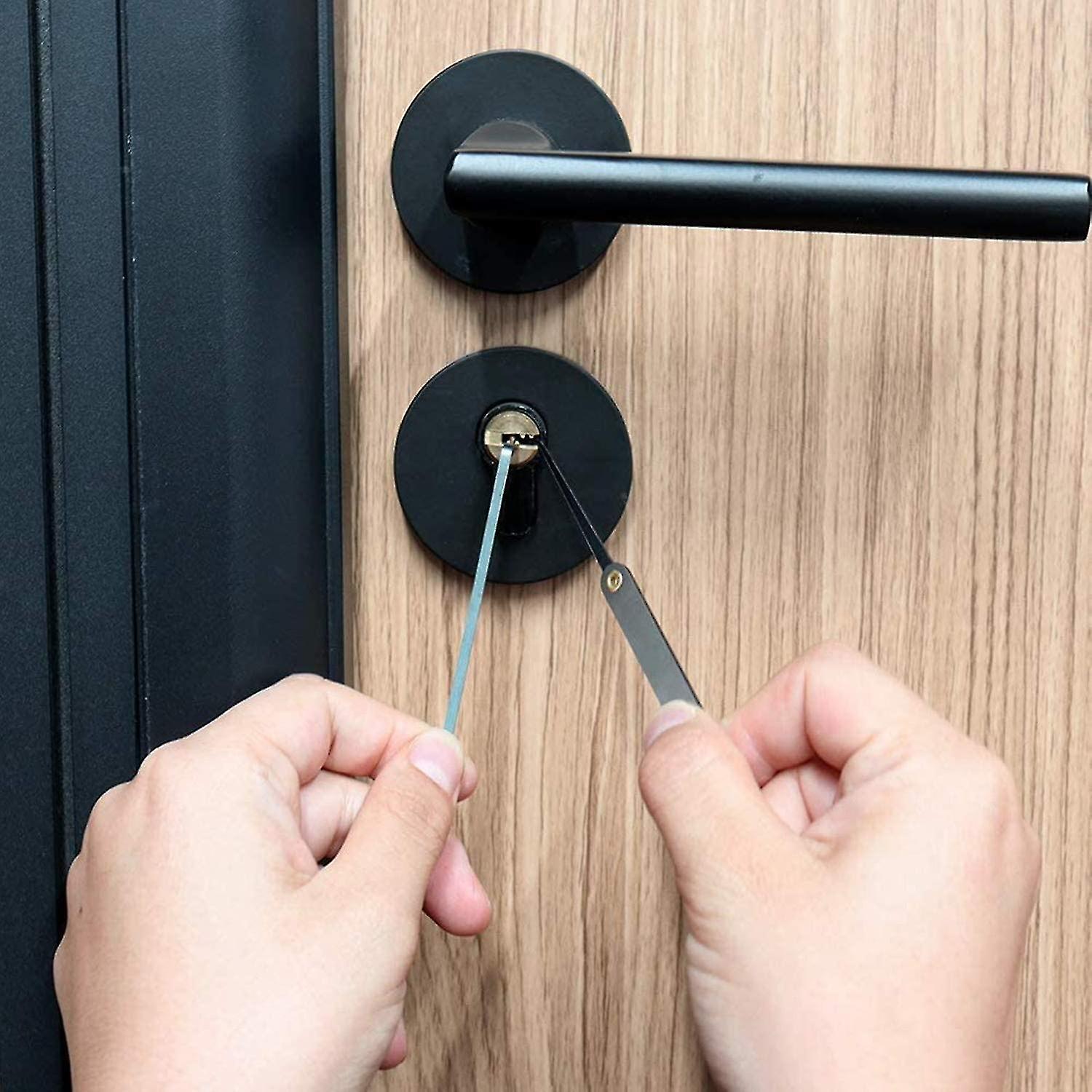
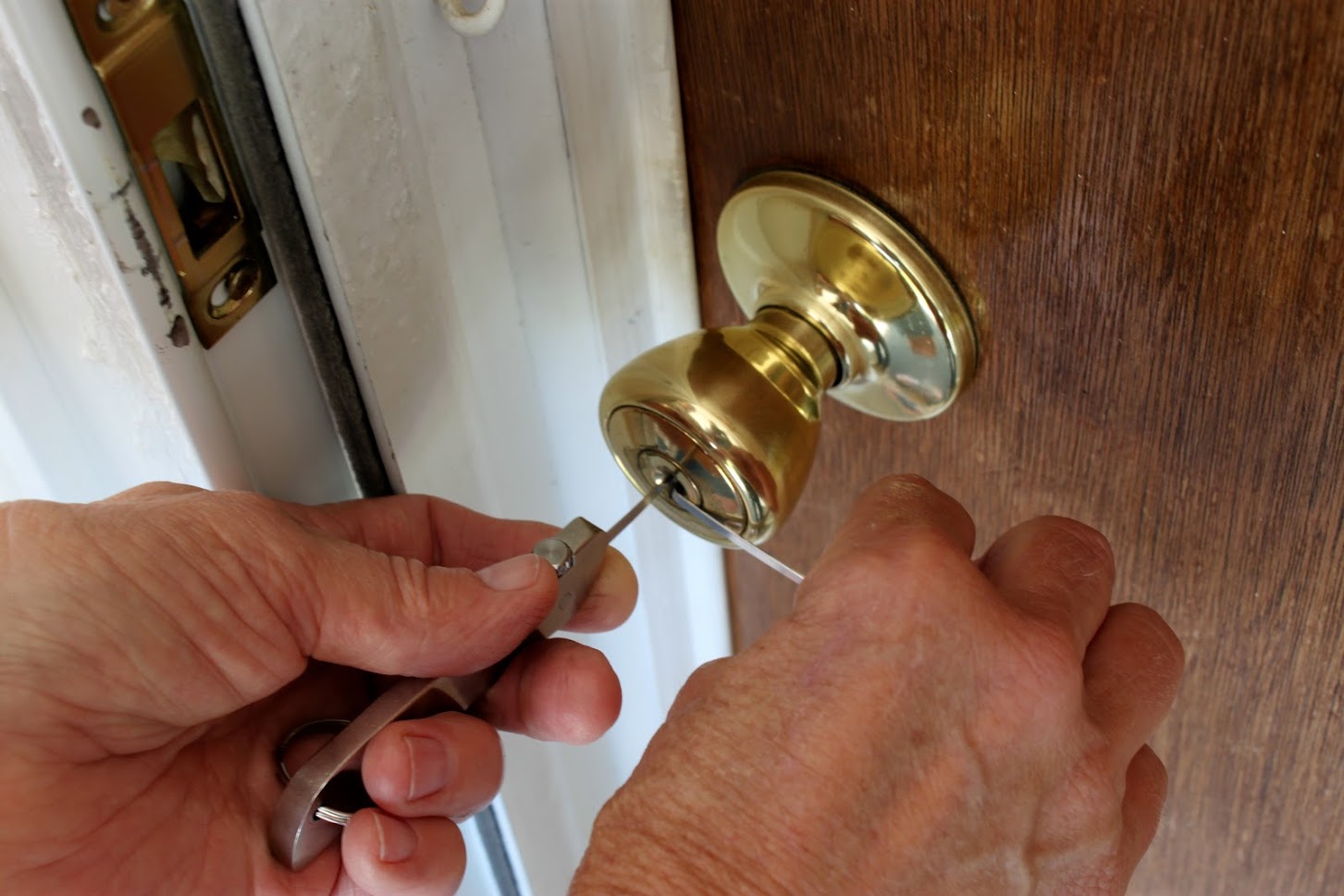

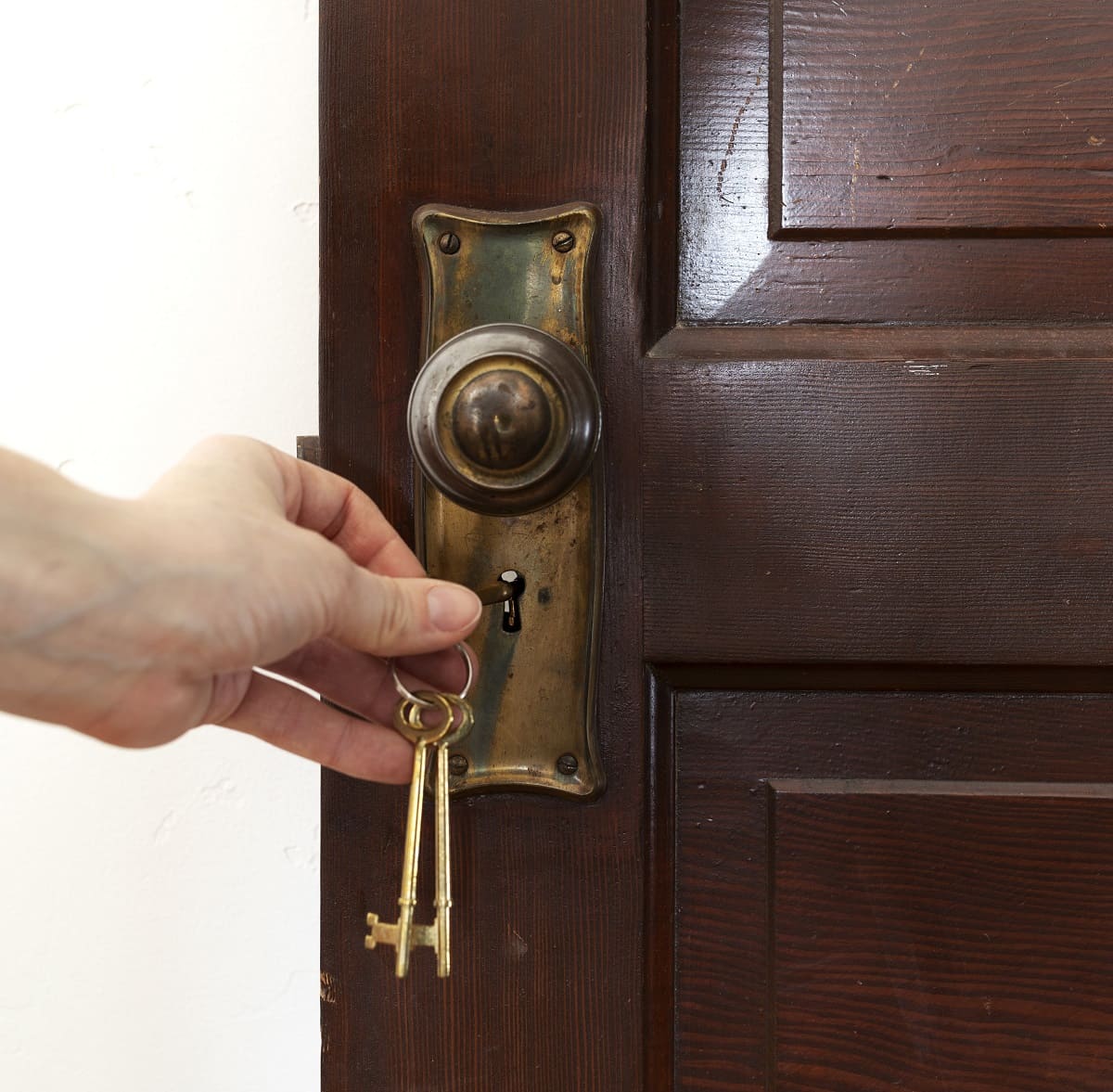
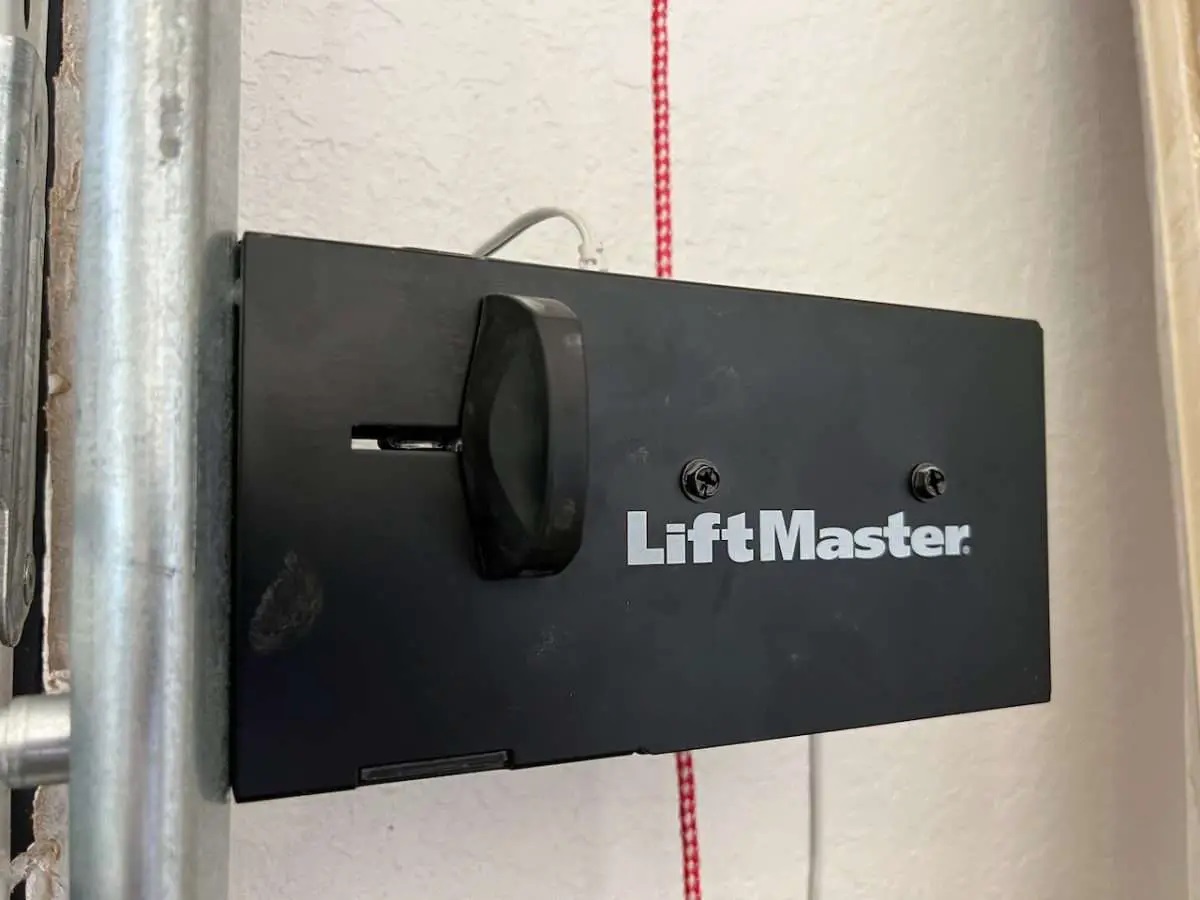
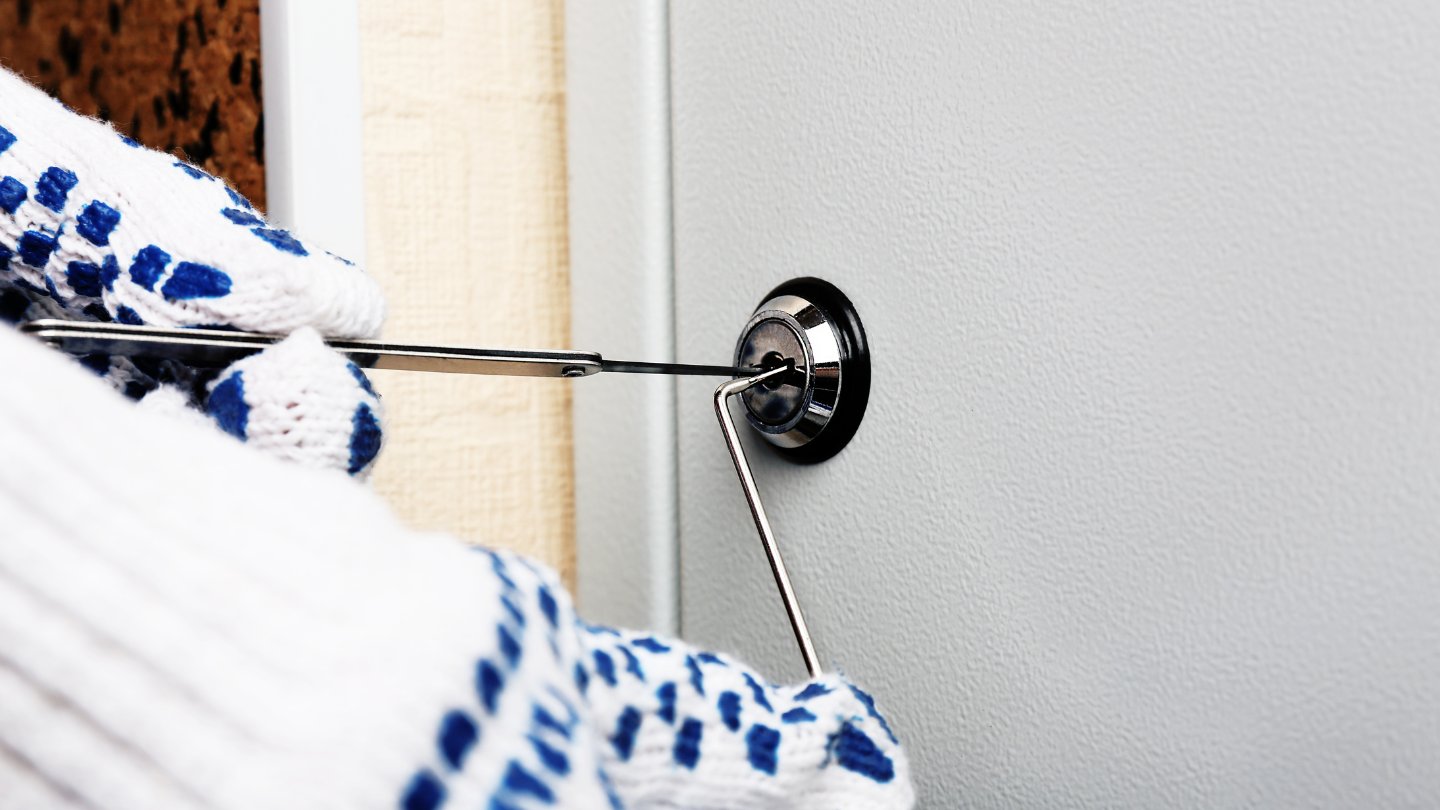
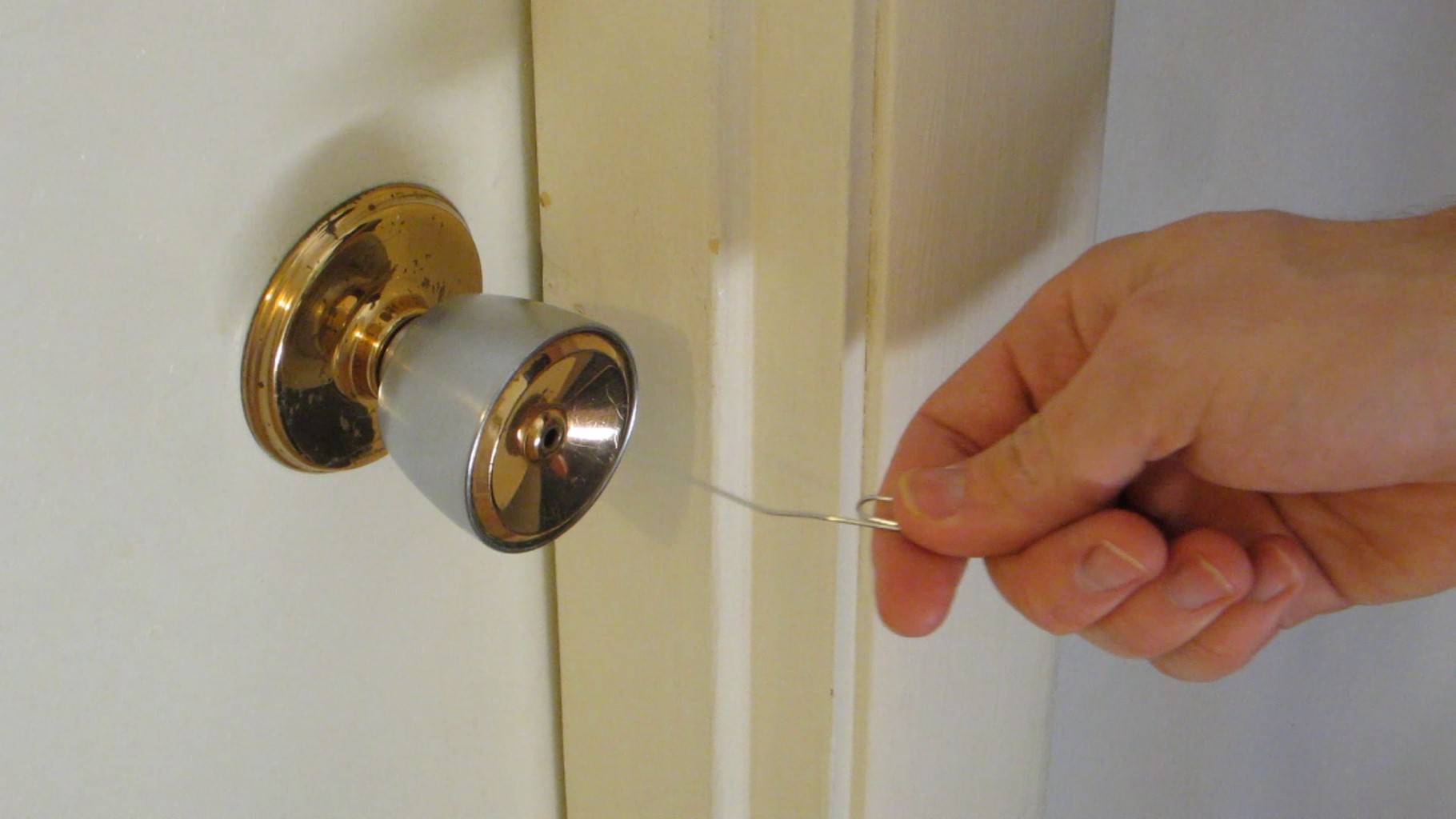

0 thoughts on “How To Pick An Office Door Lock”